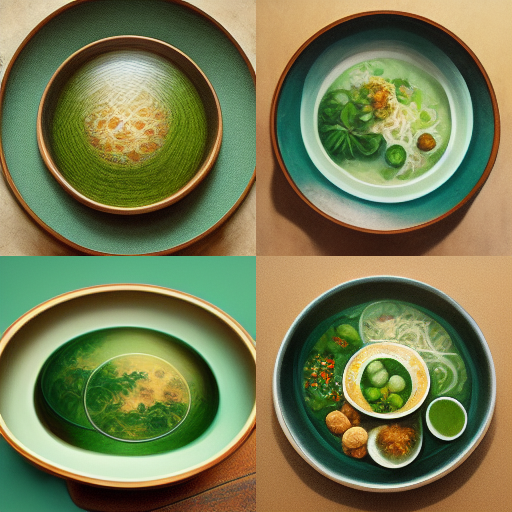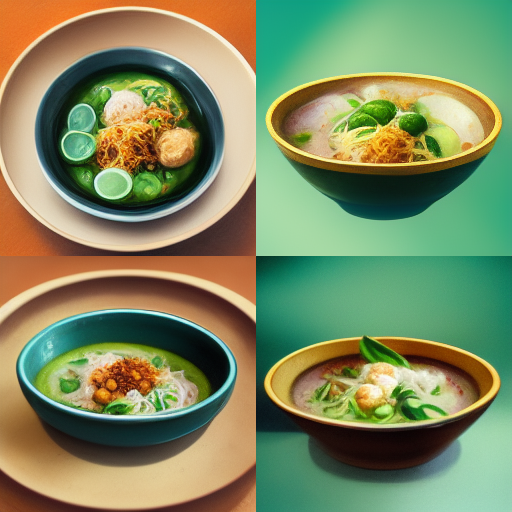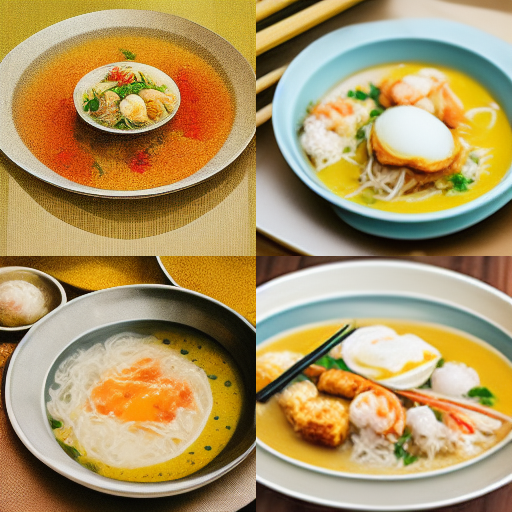THE FINDINGS
BACKGROUND
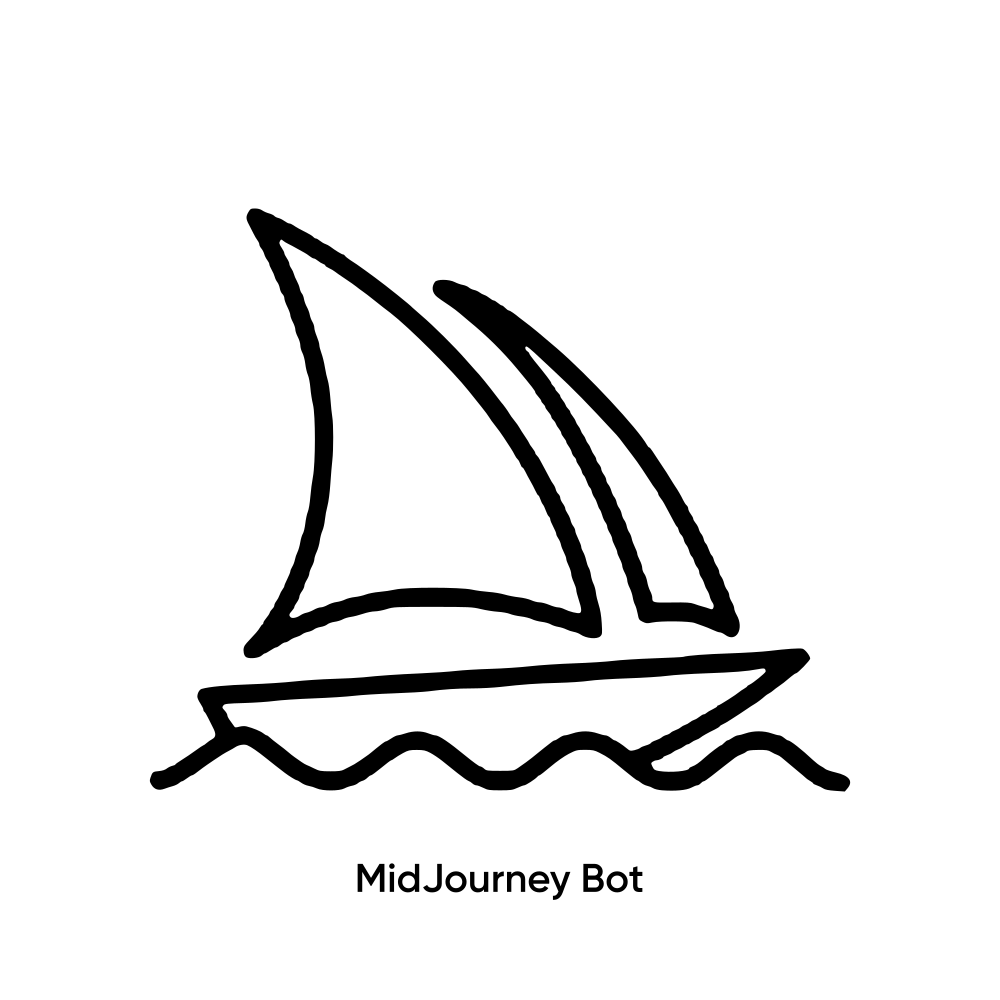
Text-to-image AI generators have rapidly grown in popularity over recent years. Platforms such as Midjourney utilise powerful, deep-learning technology that is capable of generating original images from simple text descriptions known as prompts. This has sparked controversy over the current landscape of art, potentially threatening the livelihoods of artists due to its effortless usage.
Midjourney is an independent research lab that produces a proprietary artificial intelligence program that creates images from textual descriptions, similar to OpenAI's DALL-E and the open-source Stable Diffusion. The tool is currently in open beta, which it entered on July 12, 2022. It is currently only accessible through a Discord bot on their official Discord, by direct messaging the bot, or by inviting the bot to a third party server. Founder, David Holz shared with The Register that currently artists use Midjourney for rapid prototyping of artistic concepts to show to clients before starting work themselves.

FINDINGS AND INSIGHTS
The flag has a significant impact on how AI interprets a particular country
We all imagine Singapore to be portrayed as a green city, but majority of the images we generated had large portions of red. Singapore’s flag is 50% red and 50% white, making red the more prominent color out of the two.

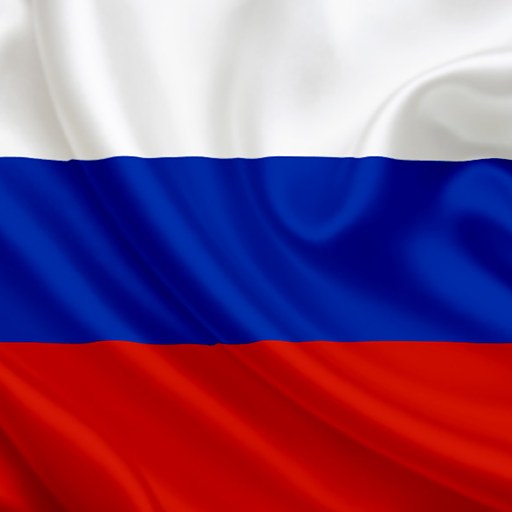
Russian Flag 
Russian Politics 
China Flag 
China Politics
FINDINGS AND INSIGHTS
The names of places also have a significant impact on how AI presents
a country
In our attempt to test AI’s ability to identity Singapore, we purely used descriptions. We realised that once the word ‘Singapore’ is taken away, the images tend to be generic or almost westernised.


singapore esplanade theatres on the bay, one thorny domes building, waterfront 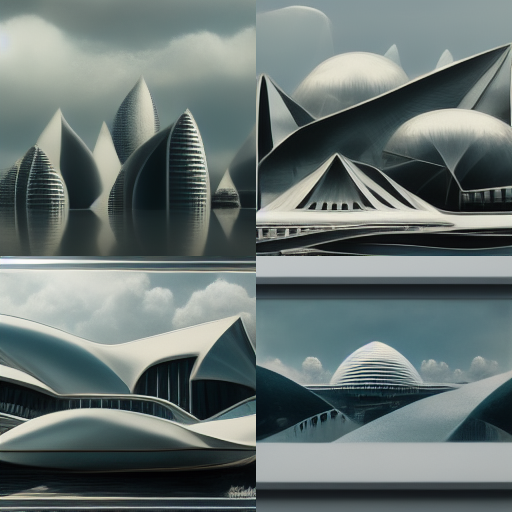
silver, durian shaped futuristic architecture, social realism, 8k 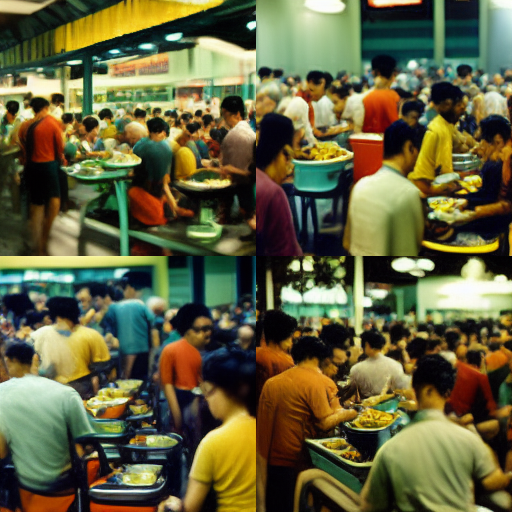
singapore, hawker centre, crowded, tables and chairs in the background, people carrying trays of food, people sitting down to eat 
food centre, many stalls lined up with sign boards that are lit up, rows of tables and chairs, people siitting down to eat, people carrying trays of food, crowded, ceiling fans, unreal engine, 8k, insanely detailed
FINDINGS AND INSIGHTS
Inherent stereotypes are evident in the generated images
The most obvious stereotype is gender. AI automatically registers text prompts ‘prime minister’ and ‘president’ as male figures. We first picked this up when we tried to generate an image of Halimah Yacob, current president of Singapore but was faced with an image of a man.
To test our hypothesis about the gender stereotype, we inputted text prompts like ‘New Zealand Prime Minister’ and ‘Bangladesh Prime Minister’. Both Jacinda Ardern and Sheikh Hasina are both women and prime ministers in their respective countries. Putting all three generated images together proves that indeed AI is gender biased.

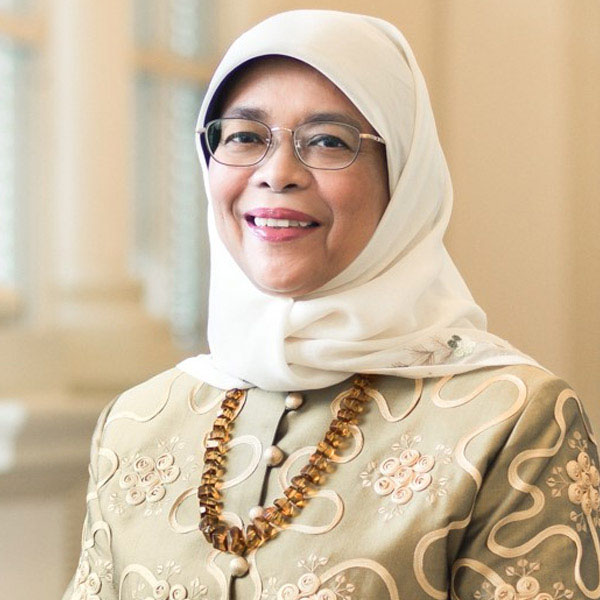
Singapore President, Halimah Yacob 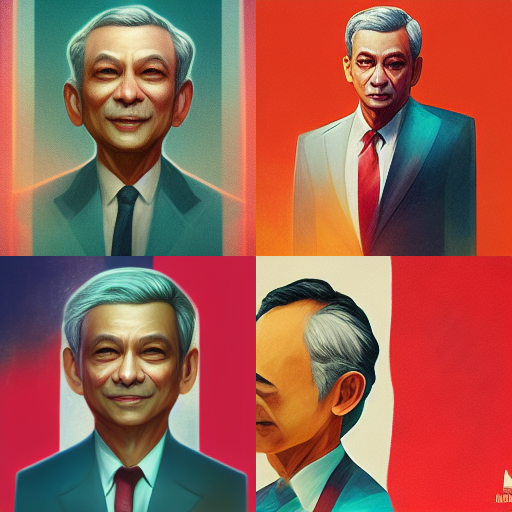
Singapore President 
New Zealand’s Prime Minister, Jacinda Ardern 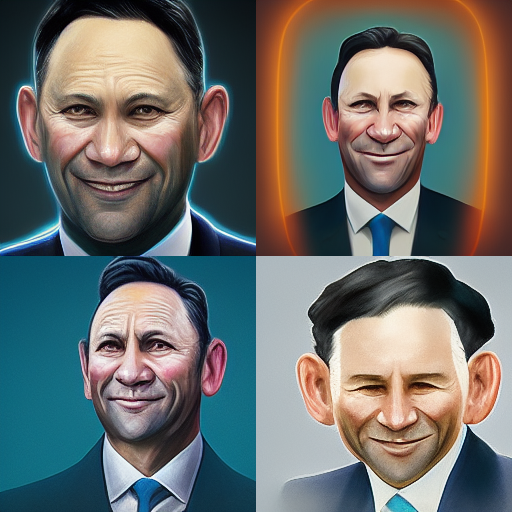
New Zealand’s Prime Minister
DESIGN DECISIONS
There were several text-to-image generators for us to choose from - Dall E 2, MidJourney, Dream by WOMBO, Nightcafe AI (Stable Diffusion), Dream Studio AI etc. Looking at the different platforms, we wanted something that was not too realistic and yet not too far off from what Singapore is like. We tested three generators - MidJourney, Dall E 2 and Stable Diffusion by inputting the same prompt ‘Singapore Merlion’. While DALL-E 2 and Stable Diffusion generated a far more realistic image, Mid Journey generated a unique stylised image. After comparing the three softwares, we decided to go with MidJourney because of the stylisation it offers.


Dall E 2
Singapore Merlion
MidJourney
Singapore Merlion
Stable Diffusion
Singapore Merlion
